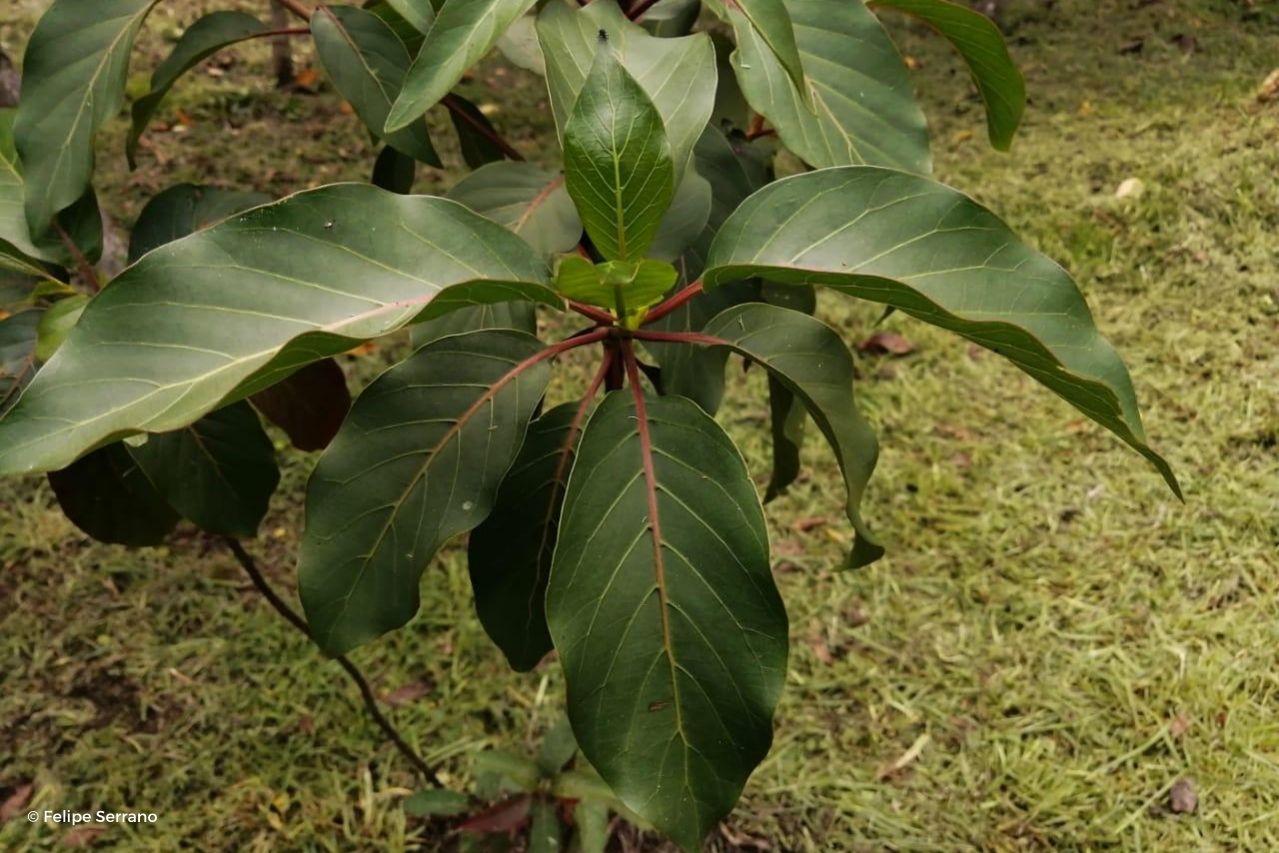A tree that treats malaria
02/26/2020
Do you know where your medicine comes from?
This year, Nature and Culture introduced 12 Strange Miracles of the Rainforest and Beyond, a monthly feature looking at remarkable gifts from nature.
January featured antibiotics from a small but mighty source! This month’s miracle is a little bigger…
Miracle #2: A tree that treats malaria
Do you know where your medicine comes from? Most of the prescription medicines we use today came from plants originally.
Some experts estimate that there are more than 21,000 medicinal plants in the world’s remaining tropical forest ecosystems!
Perhaps the most historically important medicinal plant family of all is the tree genus known to science as cinchona. This genus has approximately 40 species of evergreen trees and shrubs which are native to western South America.
While you may not be familiar with the cinchona genus, it is likely you’ve heard of quinine, the antimalarial drug extracted from its bark.

The cinchona tree grows to the east of the Andes in the high jungles of the Amazon Basin. It is well-known globally as the source of quinine, a medication used to treat malaria. Photo by W.H. Hodge.
The pre-Columbian peoples of Peru, Colombia, Ecuador, and Venezuela had already been using quinine for generations when in the 17th century it was used to treat the Spanish Countess of Chinchon for malaria. Returning to Spain with the bark, she introduced quinine to Europe in 1638 and, in 1742, botanist Carl Linnaeus called the tree “Cinchona” in her honor.
Quinine remains an important anti-malarial drug almost 400 years after its effectiveness was first documented
In treating malaria, the drug may be both antipyretic (anti-fever) and antimicrobial; meaning quinine might be treating the symptoms of the infection (the fever), while also combating the microorganism itself.
Quinine has also been used to traditionally treat blood and cardiac disorders, digestive problems, and muscle spasms.
Peru is home to 20 of the world’s cinchona species. Unfortunately, due to historic over-exploitation and habitat destruction, all species are endangered.
Cinchona officinalis, the species featured so prominently on the nation’s coat-of-arms, is said to be on the verge of extinction.
Last week, your support nearly doubled a special conservation area in the northern Andes of Peru, protecting one of the few places in the country where the cinchona tree (Cinchona officinali) grows. Learn more about Bosques Montanos y Páramos Huaricancha Private Conservation Area here.

Bosques Montanos y Páramos Huaricancha Private Conservation Area now spans 14,617 acres of cloud forests and paramo grasslands.
Increasingly, medicinal species that reside in natural areas have received scientific attention. But we still know little about the treasure trove inhabiting our wild places. The potential for new and diverse medicines will continue to grow!
You can protect the variety of life on the planet with Nature and Culture. Make more strange miracles possible here.
The variety of life on the planet is our greatest treasure. Yet 1 million of the estimated 8 million plant and animal species on Earth are at risk of extinction. Nature and Culture hopes that by sharing these 12 Strange Miracles you’ll be filled with wonder and gratitude for each species that enriches the planet. Stay tuned for next month’s feature!


